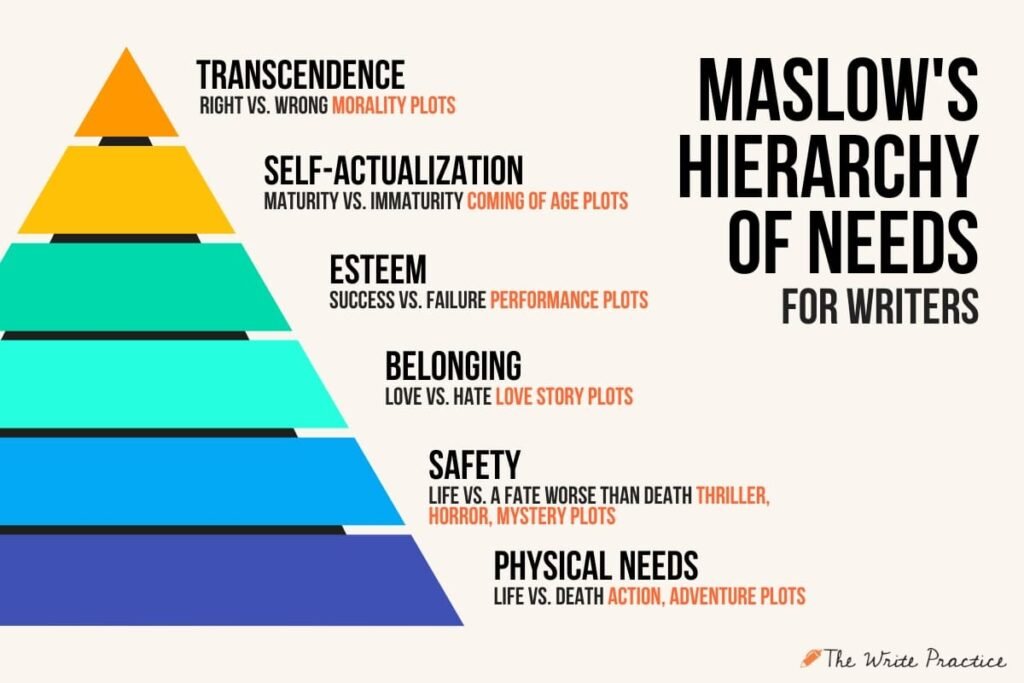One of the timeless narratives in literature is the coming-of-age story—a tale of personal evolution that resonates with readers of all ages. Whether you’re drawing inspiration from classics like To Kill a Mockingbird or modern favorites like Harry Potter, the essence of these stories lies in the transformation of a character. This article offers a fresh perspective on creating a coming-of-age narrative, exploring its essential components and the creative process behind shaping a protagonist’s metamorphosis.
Defining the Coming-of-Age Tale
At its core, a coming-of-age story chronicles the internal transformation of a character as they move from a state of immaturity toward self-realization. It goes well beyond a simple timeline transition; it encapsulates the protagonist’s journey of discovering who they are and what they are capable of achieving. This evolutionary process, often described as self-actualization, involves not just personal growth but also a shifting worldview, evolving identity, and an eventual realignment with one’s core values.
Unlike genres that focus solely on external adventures or conflicts, coming-of-age narratives emphasize personal struggles and triumphs. They capture the heart of being human—a journey where success is measured by the discovery and fulfillment of one’s own potential.
The Fabric of Personal Growth
A significant element in these stories is the interplay between maturity and immaturity. Every character is born into a certain perspective, and it is through challenges and setbacks that they grow. In many successful narratives, this conflict is mirrored by a “value scale” where the protagonist’s journey is depicted as a struggle between youthful naivety and hard-earned maturity. This dichotomy may manifest in various forms: compassion overcoming cruelty, independence replacing reliance, or self-discovery challenging long-held misconceptions.
To create a believable character arc, the writer must illustrate the protagonist’s internal battles. It may be the pain of personal loss, the sting of betrayal, or the pressure of societal expectations that push the character to evolve. The moment of catharsis often comes after a series of trials where the character is forced to confront their limitations—only to emerge stronger and wiser.
Essential Building Blocks: Characters and Scenes
Effective coming-of-age stories rely on a cast of well-developed characters. Central to the narrative is the protagonist, whose personal journey of transformation drives the plot. Often, this hero is supported by various archetypes:
- The Mentor: A guiding figure who helps the protagonist navigate the complexities of life. Without a mentor—or with one who is flawed—the trajectory of the coming-of-age story can take a tragic turn.
- The Sidekick: A loyal friend who provides support, offers comic relief, or simply serves as a counterbalance to the protagonist’s struggles.
- The Antagonist: Not always a villain in the conventional sense, this character (or sometimes an internal force) challenges the protagonist, setting the stage for personal growth by embodying obstacles.
- The Love Interest: Often adding a layer of emotional complexity, a romantic subplot can further test the character’s resolve and spark additional changes.
Every well-constructed narrative also contains obligatory scenes that readers come to expect. Start by establishing the character’s world, then introduce an inciting incident—a moment that jolts the character out of their status quo. What follows is a series of trials and revelations that gradually reveal the protagonist’s true self. The narrative climax is typically marked by a final trial, after which the character must reconcile their old identity with the newfound self-awareness, sharing this wisdom with those around them.
Plot Structures and Narrative Arcs
There isn’t a one-size-fits-all blueprint when it comes to structuring a coming-of-age story. Many such narratives blend elements of the classic hero’s journey with personal growth arcs. For instance, stories like The Hobbit or The Hunger Games demonstrate how external adventures are interwoven with a character’s internal development.
Some narratives adopt the classic “bildungsroman” format—a term that originates from German, meaning a coming-of-age novel. Here, the character often begins in a position of weakness and ascends through various challenges to ultimately claim a mature and fulfilled state. Alternatively, the plot may adopt an episodic form, where each chapter or segment of the story highlights a specific phase in the protagonist’s maturation, allowing the audience to witness gradual changes over a more extended period.
How to Start Your Own Tale of Transformation
Creating your coming-of-age narrative begins with introspection—not only of your characters but also of the values you wish to convey. Consider these steps as a roadmap to writing your story:
- Identify the Areas of Change: Reflect on which aspects of your protagonist’s character need to evolve. Is it their understanding of love, a reassessment of personal responsibilities, or a complete redefinition of self-worth? This self-inquiry also resonates with your audience, inviting them to experience the journey of growth alongside the character.
- Develop Your Characters: Once you know the essence of the change, design characters who embody the struggles and triumphs of this transformation. Make your protagonist relatable, flawed, yet determined. Introduce supporting characters who challenge or complement your hero’s journey, ensuring that each plays a role in driving the narrative forward.
- Craft a Clear Premise: Summarize your narrative in a single, compelling sentence. This premise should encapsulate the conflict, the journey, and the intended evolution, serving both as an internal guide for you and a concise introduction for your readers.
- Sketch the Key Scenes: Outline the indispensable scenes—from the ordinary world to the inciting incident, the series of trials, and finally, the climax that leads to the transformation. Each scene should contribute to the character’s arc, moving the story logically and emotionally forward.
- Draft the Story: With a structured outline and a clear vision, begin the first draft. Embrace the inevitable challenges of writing; remember that true growth—be it for the character or as a writer—often comes from navigating the process of overcoming obstacles.

Final Thoughts
Writing a coming-of-age story is more than creating a sequence of events; it’s about sculpting the contours of a character’s inner life and inviting readers to explore their own potential for growth. By interweaving themes of maturity, self-discovery, and resilience, your narrative can transcend a mere storyline and become a mirror reflecting the universal journey of becoming.
Embrace the art of storytelling as a transformative tool. Whether your tale ends happily or tragically, its true power lies in showing that every step forward, no matter how challenging, is a stride towards becoming the best version of oneself. Happy writing, and remember—every great story begins with the courage to change.


